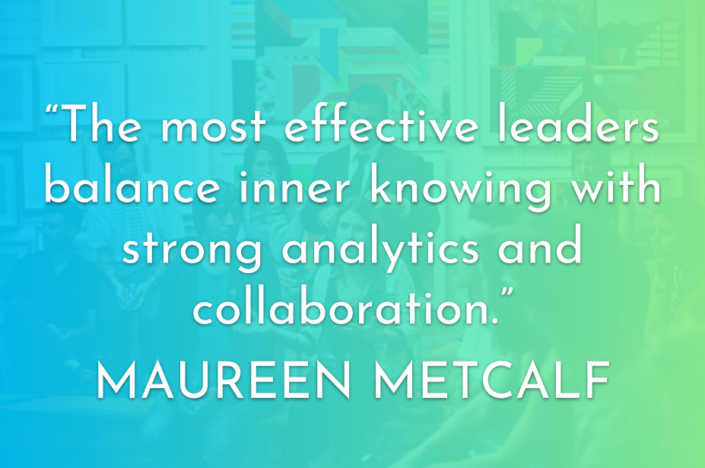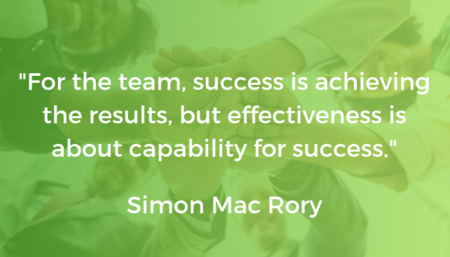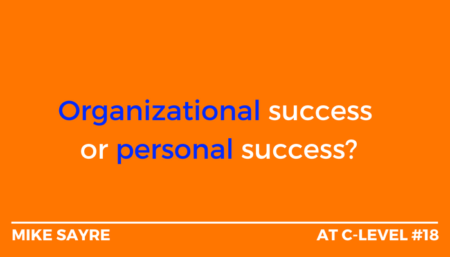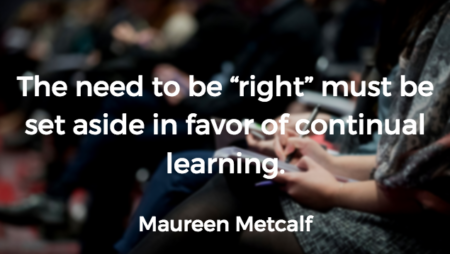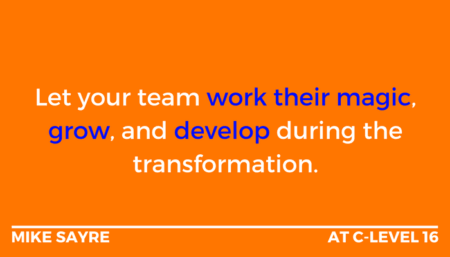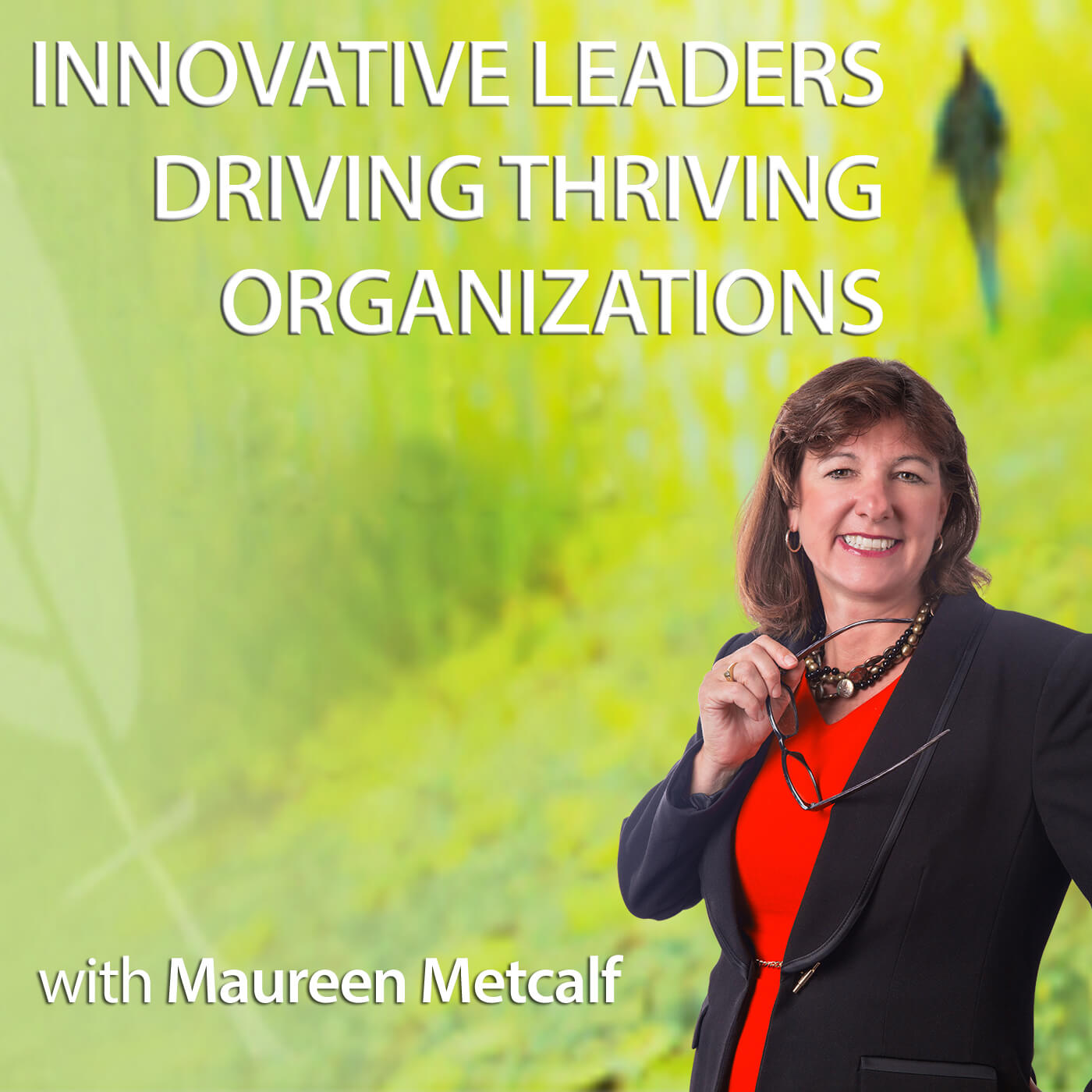Evidence Based Practices for Leadership Development
This post is a report from the December 5, 2018 Forbes.com article Authentic Leadership for...
Read Moreby VoiceAmerica | Jan 29, 2019 | Business | 0 |
This post is a report from the December 5, 2018 Forbes.com article Authentic Leadership for...
Read Moreby VoiceAmerica | Dec 11, 2018 | Business, VoiceAmerica | 0 |
This blog is a guest post by Simon Mac Rory as a companion to the November, 27 Voice America...
Read Moreby VoiceAmerica | May 31, 2018 | Business | 0 |
Mike Sayre is a highly experienced and successful software, e-commerce, and manufacturing services...
Read Moreby VoiceAmerica | Mar 21, 2018 | Business | 0 |
How to Create a Culture of Innovation and Learning March 20, 2018/0 Comments/in Authentic...
Read Moreby VoiceAmerica | Feb 19, 2018 | Business | 0 |
At C-Level #16: Implementing Transformations and Measuring Success February 16, 2018/0...
Read Moreby VoiceAmerica | Aug 31, 2017 | Business | 0 |
This post is a companion to one or our top Voice America Interviews featuring Mike Morrow-Fox...
Read More

